ESL Driving Vocabulary
If you ever live in another country this ESL driving vocabulary will be very useful. You will need to know how to talk about driving and travel, especially if you want to drive a car there.
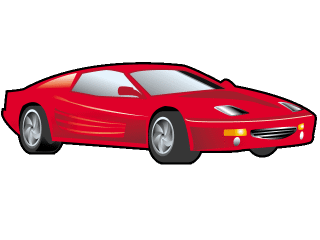
This page has a list of vocabulary items that you will need to learn and understand to be able to talk about driving. Each item also has a simple definition so you will know what the word means. The travel and driving vocabulary has also been made into a set of flashcards with pictures for many of the items. You can download these to use at home to learn the words.
After that, the vocabulary has been recorded while being spoken by a native English speaker so you can listen to the correct pronunciation. This is in two forms, either a basic form where you can just listen to the recording of the ESL driving vocabulary items or as a video where you can see the flashcards at the same time as listening to the items.
Then finally there are three exercise, as follows, to test your understanding of the vocabulary:
- Identify the correct definition of a word.
- Identify the correct meaning of a definition.
- Identify pictures of vocabulary items.
ESL Driving Vocabulary List with Definitions
The ESL driving vocabulary list that follows has all the vocabulary terms you need to learn. After the list there are some flashcards that you can download and print. Then there are recordings of the vocabulary items being spoken by a native English speaker so you can hear the correct pronunciation.
Accelerate: The action of pushing the accelerator pedal to make a vehicle move faster. (verb)
Accident: When a vehicle hits another vehicle or object (ex. a tree, a sign, etc.). (noun)
Ambulance: A special vehicle to help injured people by taking them to the hospital. It uses flashing lights and sound to get other drivers’ attention. (noun)
Back seat: The seat in the back of a car. (noun)
Back up: To move a vehicle backwards. (verb)
Blinker: A flashing light that drivers use to show others that they will turn their car left or right (same as turn signal) (British English). (noun)
Boot: A storage area that is located at the back of a vehicle. It is opened from outside (same as trunk) (British English). (noun)
Bridge: A road that is built over an obstacle. (noun)
Change lanes: To move your vehicle into another lane. (verb)
Console: The small storage area located between a vehicle’s front seats. (noun)
Convertible: A style of car that has a removable roof. (noun)
Crosswalk: A special place for pedestrians to cross a road. (noun)
Decelerate: The action of pushing the brake pedal to make a vehicle move more slowly. (verb)
Destination: The final place that you plan to go when you are driving. (noun)
Driver: The person who controls a car, truck, or bus. (noun)
Driver’s license: A plastic card with personal information and a picture of the person who has permission to drive a vehicle. (noun)
Fire truck: A special vehicle with equipment to stop fires. It uses flashing lights and sound to get other drivers’ attention. (noun)
Flat tire: When a tire loses all of its air. (noun)
Fog: A cloud that is on or a little above the ground. (noun)
Gas station: A small store that sells gasoline, snacks, and drinks (same as petrol station) (American English). (noun)
Hazard lights: The special flashing lights on a car that drivers use when there is an emergency or danger. (noun)
Headlights: The lights located at the front of a vehicle. These are usually used when driving at night. (noun)
Honk: The action of pressing a vehicle’s horn. (verb)
Horn: A device that creates a loud sound and alerts other drivers and pedestrians. It is located in the center of the steering wheel and is activated when pressed. (noun)
Intersection: A place where more than one road meets (American English). (noun)
Interstate: A very long road where vehicles drive at fast speeds. These roads are not inside a city center but are outside or beside a city. (noun)
Lanes: The strips of road with painted lines on both sides for vehicles to travel on. (noun)
License plate: A metal plate with special numbers and letters that police can use to identify a car owner. They are usually located on the front and back of a vehicle. (noun)
Motorcycle: A kind of transportation that looks like a bicycle but has a motor. It has no doors or top. (noun)
One-way street: A street where drivers can only move in one direction. (noun)
Park: To stop and turn off a vehicle in an area (usually a parking lot). (verb)
Parking lot: A special place to leave a vehicle. (noun)
Pass: When you increase your car’s speed in order to drive in front of the car ahead of you. People do this when the car ahead of them is driving too slowly. (verb)
Passenger: A person who travels in transportation (ex. car, airplane, bus) but does not control it. (noun)
Pedestrian: A person who is walking close to or beside a road. (noun)
Petrol station: A small store that sells gasoline, snacks, and drinks (same as gas station) (British English). (noun)
Pull in: To park a car by moving it forward (usually into a parking space). (noun)
Pull over: To stop a car on the side of the road. (noun)
Railroad crossing: A place where the road crosses railroad tracks. (noun)
Rearview mirror: A mirror that is located at the top center of the front windshield. Drivers use it to see behind their car. (noun)
Road: The place cars travel on that is made of concrete or asphalt. (noun)
Road rage: When a driver feels strong anger towards other drivers. (noun)
Rush hour: The hour or hours when the most cars are on the road (this is usually when people are driving to work or home from work). (noun)
Seat belt: A belt that crosses the body in the front to keep drivers and passengers safe. (noun)
Shotgun: American slang that means to ride in a vehicle’s front passenger seat. (noun)
Side mirrors: The mirrors that are located on the sides of a car’s two front doors. Drivers use these to see beside their car. (noun)
Sign: An object with a picture or writing that is put beside or above the road for drivers to read or see. (noun)
Skid marks: Black marks on a road made by tires when a vehicle stops too quickly. (noun)
Slow down: The action of pushing the brake pedal to make a vehicle move more slowly (same as decelerate). (noun)
Speed bump: A strip of concrete in the center of a road that is designed to slow a vehicle’s speed. (noun)
Speed limit: The fastest legal driving speed in an area. (noun)
Speed up: The action of pushing the accelerator pedal to make a vehicle move faster (same as accelerate). (verb)
Speeding: When you drive a vehicle faster than you are allowed to. (noun)
Steer: To control a vehicle’s direction by moving the steering wheel to the left or right. (verb)
Steering wheel: The round wheel drivers use to control a car’s direction. (noun)
Stop: The act of pushing the brake pedal until a vehicle stops. (verb)
Swerve: To quickly move your car to the left or right in order to avoid hitting something. (verb)
Tailgate: When a vehicle drives very close to the car in front of it. (verb)
Ticket: A piece of paper that a police officer gives you for breaking a driving law. Tickets require you to pay money for your mistake. (noun)
Tires: The round rubber wheels attached to the bottom of a vehicle. (noun)
Toll road: A road that you must pay to drive your vehicle on. (noun)
Traffic jam: When many vehicles are in front of one another and move very slowly or are stopped. (noun)
Traffic light: An electric light with green, yellow, and red colors. It tells drivers when to move and stop their cars. (noun)
Trunk: A storage area that is located at the back of a vehicle. It is opened from outside (same as boot) (American English). (noun)
Turn: The act of moving a vehicle left or right. (verb)
Turn signal: A flashing light that drivers use to show others that they will turn their car left or right (same as blinker) (American English). (noun)
Vehicle: Another word for car, van, or lorry. (noun)
Windshield wipers: Devices which are located on a car’s front windshield. They move back and forth to remove rain and snow from the glass. (noun)
Windshield: The clear glass located at the front and back of a vehicle. (noun)
Yield: To wait and allow other cars to move before you. (verb)
Vocabulary Flashcards for Driving Words
You can download and print the following free ESL driving vocabulary flashcards. Just click on the picture or link that follows.
Spoken Driving Vocabulary
The following are the ESL driving vocabulary being spoken by a native English speaker so you can hear the correct pronunciation. Firstly there is just the basic recording that you can listen to, and after that there is a video of the flashcards for you to watch while listening to the recording.
ESL Driving Vocabulary Exercises

Exercise 1 – Correct Definition
In this first ESL driving vocabulary task you need to decide which option (A-D) is the correct definition of the word given in the question. Once you have finished you can click the get score button to see the answers.
ESL Driving Vocabulary Definitions
Choose the correct definition for the driving vocabulary in this quiz.
Exercise 2 – Correct Meaning
This second ESL driving vocabulary task is one where you are given a definition of a word in the question and need to decide which option (A-D) has the word that matches the given definition. Again you can click the button to get your score.
ESL Driving Vocabulary Identification of Meaning
Choose the word that matches the definition given in each of the five questions in this quiz.
Exercise 3 – Identify Picture
For the final ESL driving vocabulary task you need to decide which option (A-D) has the correct word that matches the pictures given below. To see the answers just click on the get score button.
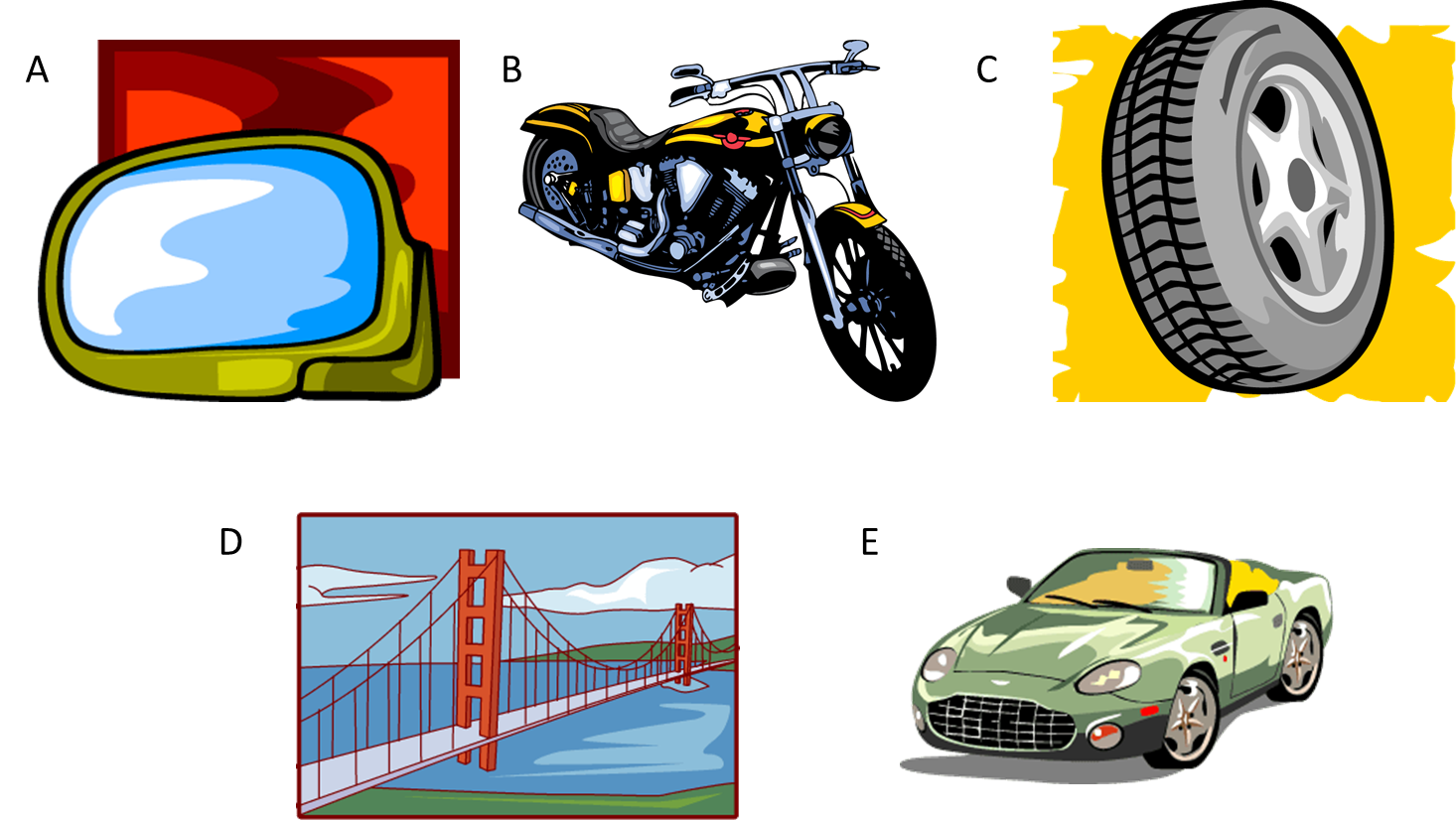
ESL Driving Vocabulary Picture Descriptions
Identify the best description for each of the images (A-E) given above that correspond to the five questions in this quiz.
Other Pages about driving that You Might Like
ESL Driving Conversations
ESL Driving Listening
ESL Driving Reading
ESL Driving Writing
ESL 4u home › Vocabulary › Driving


|
|
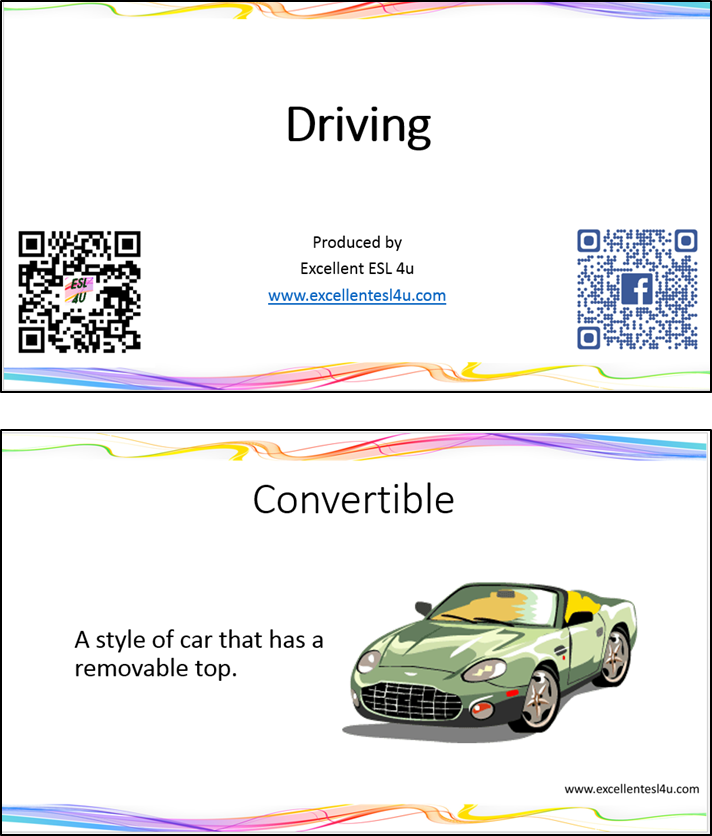
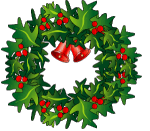
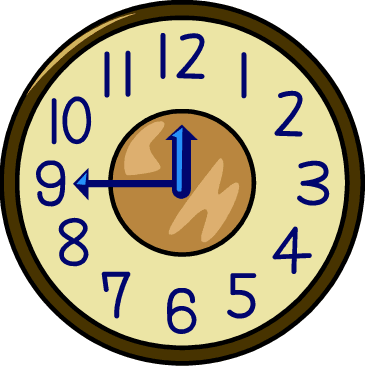
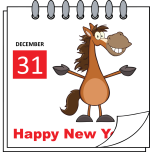
New! Comments
Have your say about what you just read! Leave me a comment in the box below.